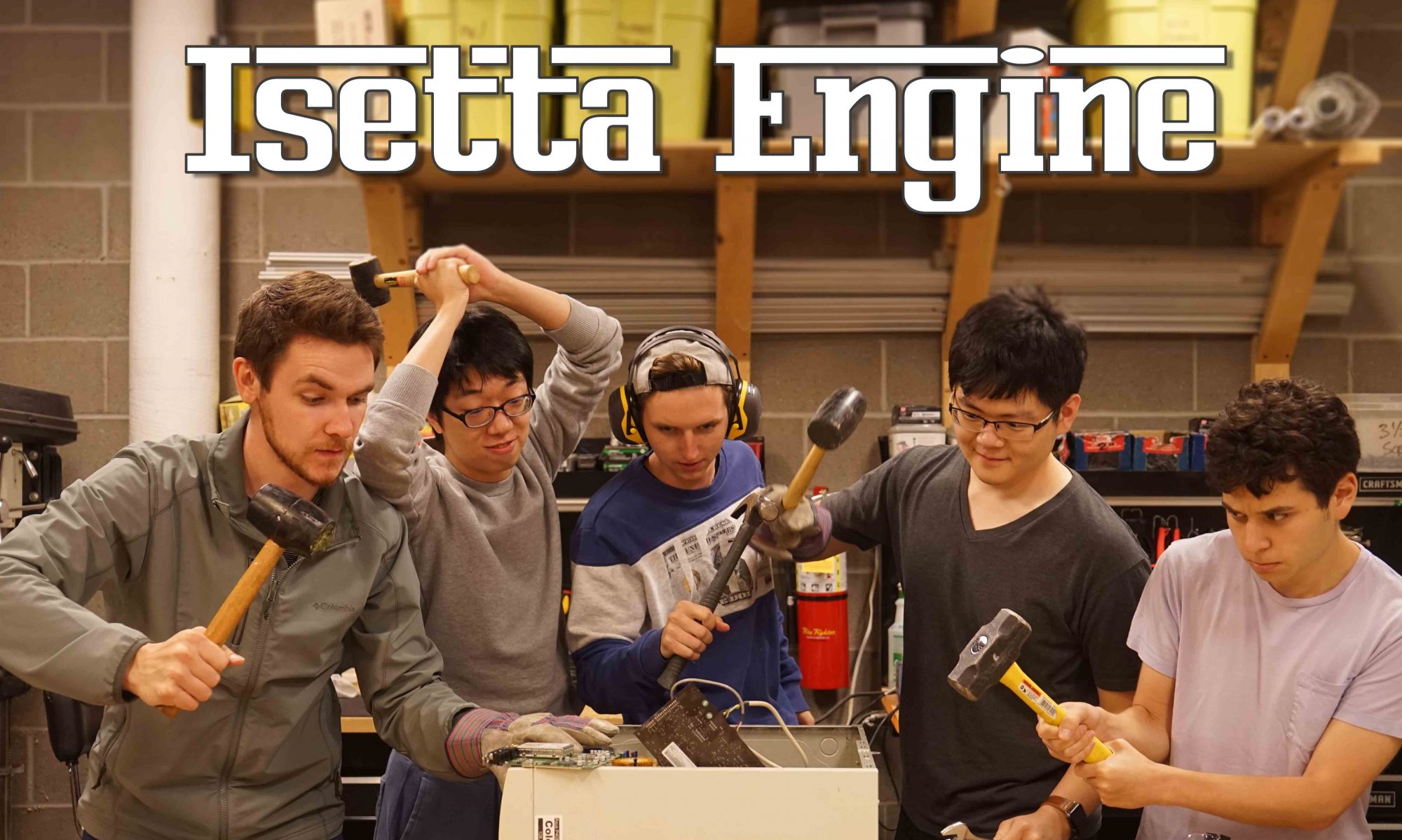Progress may have slowed due to our trip to LA, but we can assure you it wasn’t for nothing. Our initial plan to go out there was decided months back; we had a full lineup of industry professionals who agreed to do interviews and look at our engine progress. Of course, in the fast-moving game industry, the best laid plans don’t always come together. A number of our planned interviewees had to drop out at the last minute, which left us in a bit of a panic.
We reached out to about a dozen other contacts in LA to try and find some other people we could talk with. One of those contacts was at Sony’s Santa Monica Studios, and he was able to get us in touch with Jeet Shroff and Florian Strauss, gameplay and technical directors on the latest God of War. What’s more, we still had an interview locked in with Insomniac Games’ senior engine programmer and ETC alumni Elan Ruskin. We also finally got to meet up and talk shop with Cort Stratton of Unity, who has been supporting us all semester long. Because these were all on-site talks, we were able to get a lot of clear answers to our questions and more direct feedback.
While the extra downtime wasn’t ideal, it did give us an opportunity to catch up with our classmates who were in LA on internships and new jobs. Ultimately, the trip was more productive for the team than expected.
In terms of development, be prepared to see talk about memory throughout the blog because we were leaking memory left, right, and center!
- Graphics Added in functionality to the texture class, so it now does more than just loading and can actually be used!
- Tools Abstracted some previously developed tools into an editor component which is already proving valuable for development!
- Custom Dynamic Array We were originally not planning on creating our own data structures and just relying on STL but we gave into the temptation and it revealed some dark secrets.
- Second Game We made our second game (which is not a twin stick shooter) and it works!
- Patch Notes There’s typically not a header for patch notes, but this week we found some really interesting bugs, mainly involving memory, which we think were great learning experiences.
For full write-up see here. The code can be found on the GitHub repo tagged with week-10.
